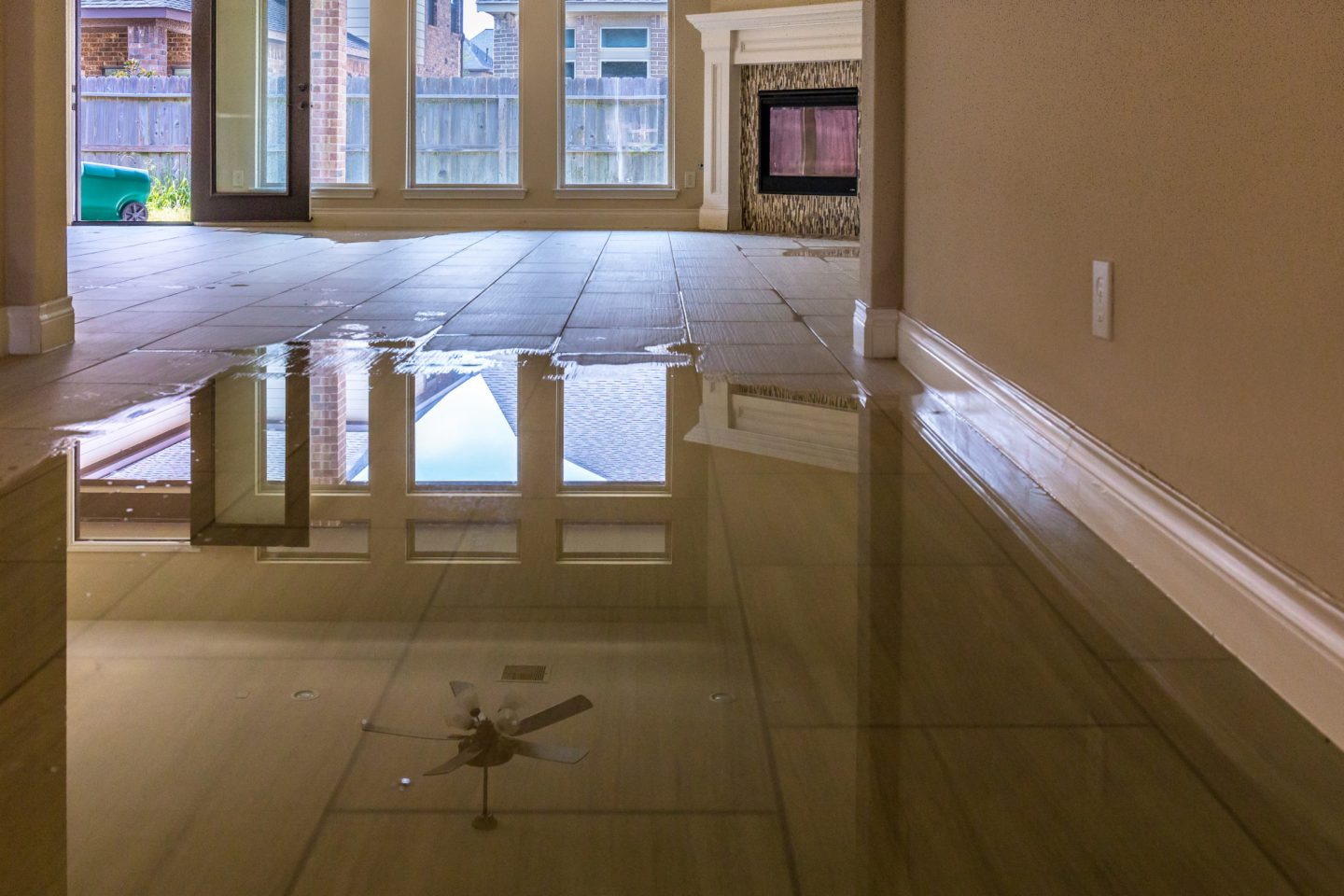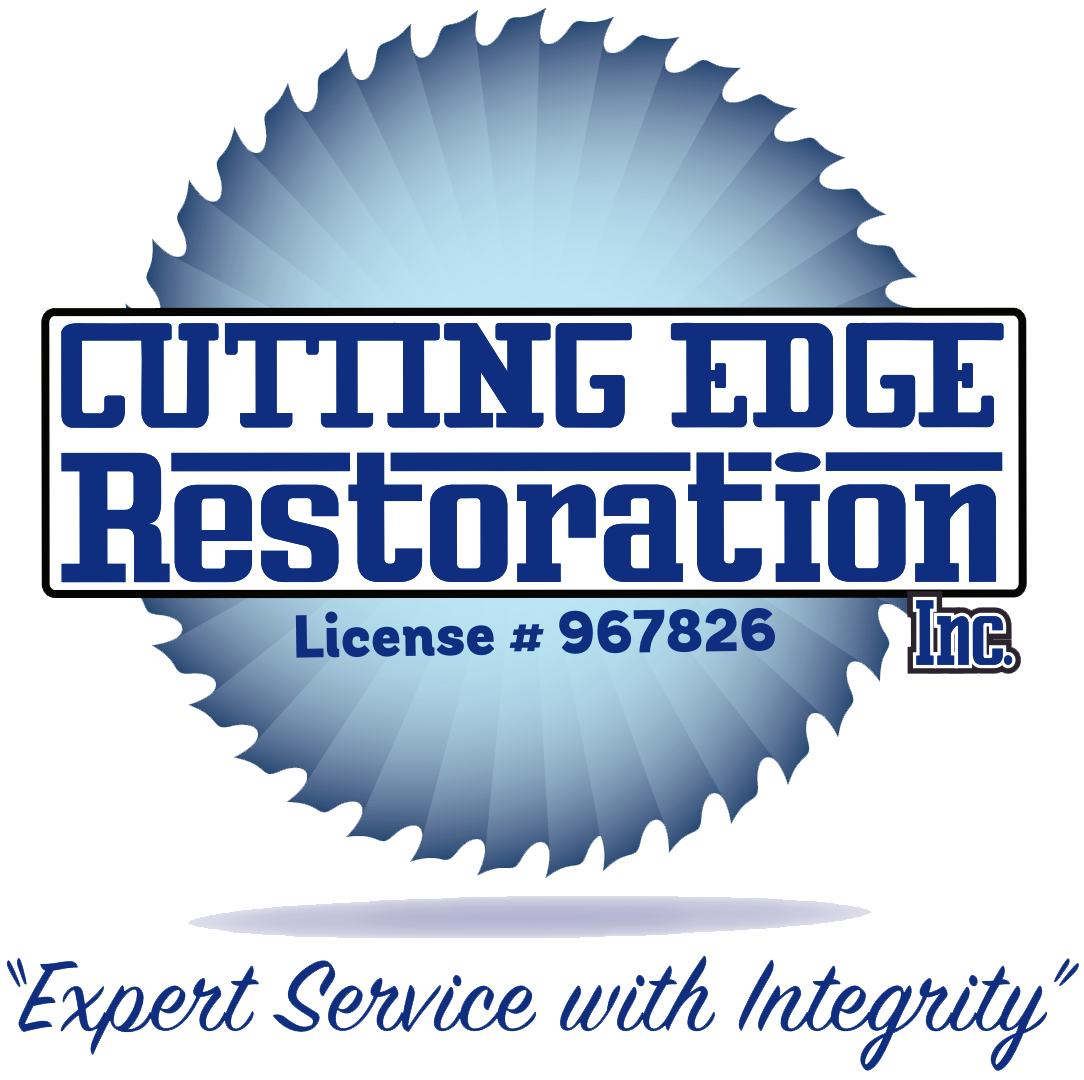
Discovering that water is flooding your home is a devastating and chaotic experience. Whether it’s from a burst pipe, a failed appliance, or a natural disaster, your immediate actions in the first few hours can have a significant impact on the extent of the water damage and the safety of your family. In this high-stress situation, it’s crucial to have a clear plan. Following these first steps can help you mitigate the damage to your San Diego home and begin the process of restoration safely and effectively.
Step 1: Prioritize Safety Above All Else
Before you do anything, ensure the area is safe to enter. Water and electricity are a deadly combination.
- Electrical Hazard: If there is significant standing water, do not enter the area until you have turned off the power to your home at the main circuit breaker. Do not touch any electrical appliances or devices while standing in water.
- Structural and Contamination Risks: Be aware that ceilings saturated with water can collapse. If the water is from a sewage backup or an outside flood, it is contaminated with harmful bacteria and should be avoided. As the Centers for Disease Control and Prevention (CDC) advises, exposure to contaminated floodwater can cause a range of illnesses.
If there is any doubt about the safety of the situation, wait outside for professional help to arrive.
Step 2: Stop the Source of the Water
If the flooding is from an internal plumbing source, like a burst pipe or a broken supply line, your next immediate step is to stop the flow of water. Locate your home’s main water shutoff valve and turn it off completely. Every homeowner should know the location of this valve before an emergency happens. It’s typically located in a garage, a utility closet, or outside the house where the water line enters your property. Stopping the water source is the single most important thing you can do to prevent further damage.
Step 3: Call Your Insurance Company and a Professional Restoration Company
Once you are safe and the water source is stopped, you need to make two crucial phone calls.
- Your Homeowner’s Insurance Company: Report the damage immediately. Your agent will walk you through the process of filing a claim and will likely schedule an adjuster to visit your property. Be prepared to document everything.
- A Professional Water Damage Restoration Company: Do not wait for your insurance adjuster to arrive before calling for professional help. A restoration company can begin the critical drying process immediately. The longer water sits, the more damage it causes, and the greater the risk of dangerous mold growth, which can start in as little as 24-48 hours. Most insurance policies require you to take reasonable steps to mitigate further damage, and calling a restoration company is a key part of that responsibility.
Step 4: Document Everything and Begin Minor Mitigation
If it is safe to do so, begin documenting the damage. Take extensive photos and videos of the affected areas and all damaged belongings. This documentation will be crucial for your insurance claim.
If the water is clean (from a supply line, for example), you can begin some minor mitigation while you wait for help:
- Remove small furniture, rugs, and other belongings from the wet area to a dry location.
- Place aluminum foil or wood blocks under the legs of heavy furniture to prevent stains and damage.
- Mop up as much excess water as you can.
Do not attempt to use a standard household vacuum cleaner to remove water. As safety resources like the American Red Cross advise, prioritize your personal safety above all else during this process.
Your San Diego Water Damage Restoration Experts
A flood in your home is a traumatic event. Navigating the immediate aftermath is critical for protecting your property and initiating a successful recovery. For homeowners across San Diego, the team at Cutting Edge Restoration is ready to respond 24/7. We specialize in professional water damage restoration. Contact us immediately for emergency service.
